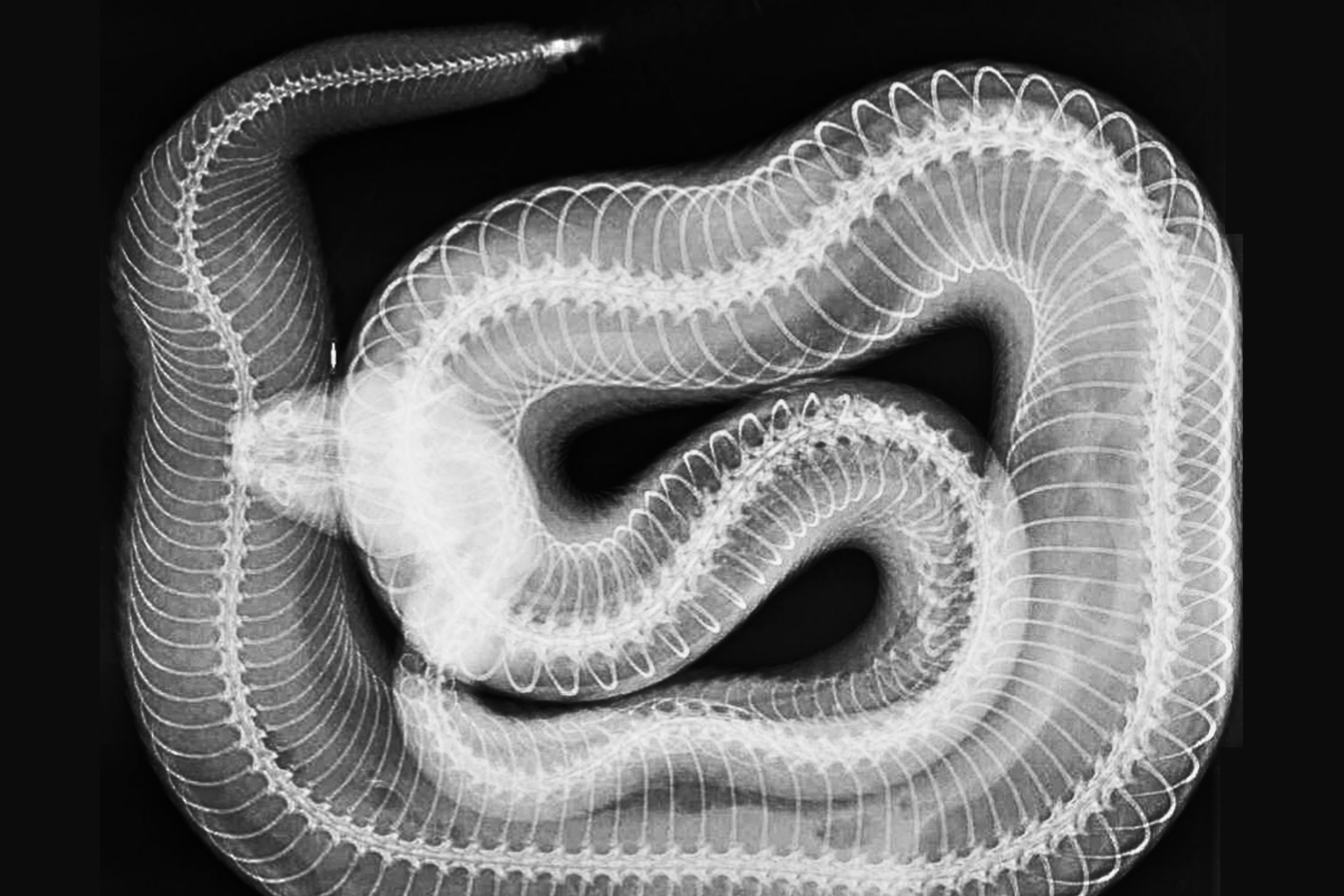London Zoo releases animal X-rays to showcase care and conservation work
The archive images include X-rays of turtles, penguins and rattlesnakes.

Your support helps us to tell the story
From reproductive rights to climate change to Big Tech, The Independent is on the ground when the story is developing. Whether it's investigating the financials of Elon Musk's pro-Trump PAC or producing our latest documentary, 'The A Word', which shines a light on the American women fighting for reproductive rights, we know how important it is to parse out the facts from the messaging.
At such a critical moment in US history, we need reporters on the ground. Your donation allows us to keep sending journalists to speak to both sides of the story.
The Independent is trusted by Americans across the entire political spectrum. And unlike many other quality news outlets, we choose not to lock Americans out of our reporting and analysis with paywalls. We believe quality journalism should be available to everyone, paid for by those who can afford it.
Your support makes all the difference.London Zoo has released a series of X-rays of exotic creatures to showcase their work over the past decade.
The archive images include X-rays of a critically endangered big-headed turtle, Humboldt penguin chicks and a Western diamondback rattlesnake, and were all taken during the zoo’s work to care for more than 14,000 animals and 400 species.
The zoo’s veterinary team said the scans were vital in helping diagnose any problems and ensure the animals remained “in tip-top condition”.
Sophie Sparrow, senior veterinary nurse, said: “Many of the species in our care are threatened in the wild and are part of important global breeding programmes.
“This means we have far less medical information about them in existence than we do for domestic animals, so we share vital information from X-rays such as these with vets and conservationists around the world, helping to improve animal and veterinary care globally.”
The images have been shared ahead of the conservation zoo’s Vets In Action event between February 11 and 19, which will see children join the vet team during the spring half-term to learn more about their work.
“A trip to the vet is a little more complicated for a lion than it is for a house cat, so we work with zookeepers to make any treatment needed as simple as possible for the animals – for example, keepers build training for healthcare into the animals’ daily routines,” Ms Sparrow said.
“So when they need to have simple procedures, such as a blood test, animals like Bhanu, our Asiatic lion, are happy to simply offer up their tail for a blood draw, instead of having a general anaesthetic.”